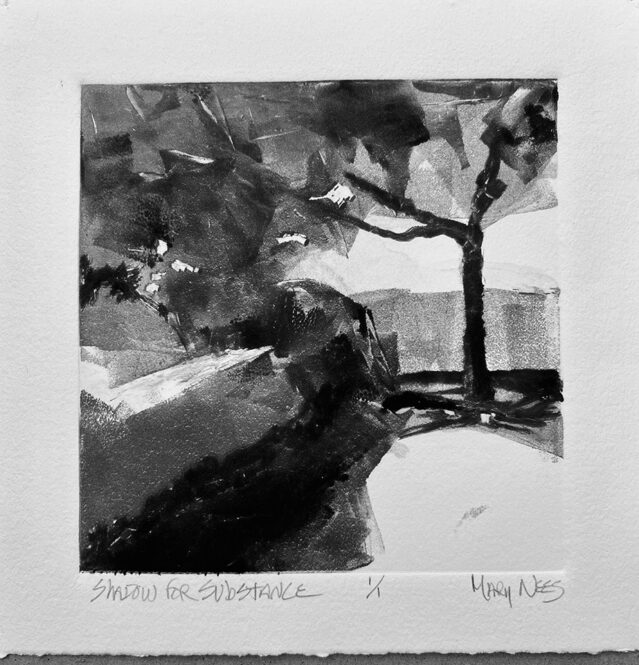Wrestling with God — whether with words, with images, even physically is not a new thing. Jacob could be the archetype for this struggle on the ground. And though that man in the biblical account was scrappy, even brash, in the end he was commended! God, who knows the heart and the end game, sure sees things differently than we do. And He says so in many ways.
So, I could stop right here, humbled by this all.
But I can’t stop here; for I am compelled to keep-on in this greatest of quests: how to tangibly represent with physical materials the wonder of God Himself? On the ground, with what I am and have: my skills are simple, but my aim is not.
I recently came off an amazing opportunity to consider and to process in my own work what the most lasting thinkers, artisans and theologians (through the last 2500 years) have had to say about the efficacy of making images which might communicate that which is ultimately ineffable. There is rich history in this vein, littered with hard fought integrity, with evident brilliance along with tragedies and personal failings all along the way.
The early church, adorning their house-church walls and burial places, began with symbols to signify their convictions. Clement of Alexandria (just one generation later than the image packed book of Revelation) cautioned that makers of images would only provoke false worship. Tertullian countered “We know that truth is apprehended by means of visible images, that is, the invisible through the visible. For, St. Paul tells us: ‘The invisible attributes of God from the Creation of the world are understood from the things that are made.’”
The centuries that followed continued this debate about how or whether to represent God through materials that others could view.
Clement’s concern about the dangers inherent in image making was not new either. Plato (six centuries earlier) said similar. And often for religious folk, whether Hebrew, Muslim or Christian the 2nd commandment’s statement against images, signaled that any physical representation, at any time must be a non-starter. But a careful look at Scripture recognizes that it is full of imagery from the poets to the prophets. And God Himself directed specific imagery with the fiery serpent set on a standard and the fibers and ornaments in the tabernacle. A thoughtful look at God’s 1st commandment lays forward God’s primal concern as delivered to Moses in physical stone: “You shall have no other gods before me”. In other words, it is not the thing, or any other thing that should be placed in front of, or in place of direct interaction with this personal God who speaks.
He wants our attention: our mind and soul, not our made stuff. Made stuff can function as decoys from really facing Him alone in the heart. How can I say this with such assurance? Here’s how: it was centrally Moses and God’s interaction, not the inscribed stone that ignited the relationship. “Thus the Lord used to speak to Moses face to face, just as a man speaks to his friend.” Think about this remarkable description. This is what the heart of God is after: yours.
For Jacob too, he was given a dream vision as a much younger man, before his wrestling match with the One who eventually blessed him. In his dream, Jacob saw an image of an active and mysterious ladder. If images were hazardous, then a good God would not have used one to prompt this troubled man. Yet the God behind that dream sustained Jacob’s courage through this encounter.
Fast forward 3200 years from Jacob, when another troubled young man faced a simple wooden Byzantine cross. With his heart and soul ignited, Francis of Assisi heard the voice of God right there (though others did not) and he thus moved forward into the task God gave him. Francis’ life, Moses’ life, Jacob’s life all evidenced a significant interaction with their Creator that can’t be explained apart from a face-to-face encounter. Physical things were involved in all these interactions, but it was the direct initiative from a communicating God that changed their lives from the physical to the eternal.
The New Testament writer to the Hebrews spoke about physical things on earth being only prompts or “shadows” “of the good things to come, and not the very form of things”. We know about shadows. They signify that a substance is near or behind in ways we can grasp. Shadows help frame and then point to the Light.
Gregory of Nyssa (4th century) said “each individual needs his own eyes to see the beauty of the true and the intelligible light. The one who does see it through some divine gift and unexplainable inspiration is astonished in the depths of his consciousness; the one who cannot see will not realize what he has missed. For how can anyone confront him with the very good he has run away from?”
Oh my friend, This maker of light is still shining and communicating if you are hungry for a face to face.
I call this inked monotype, “Shadow for Substance”. I was in a dark wooded area near a low wall, with a vista beyond and delightful brights on certain planes and through the trees. The shadows were strong but the light dancing through was absolutely enchanting. In a few moments, I tried to capture the edges and shapes of this in sketch and then later with ink. I don’t know if this black and white translates to anyone else, but I know it does to me; for I sensed His presence in this physical place.
